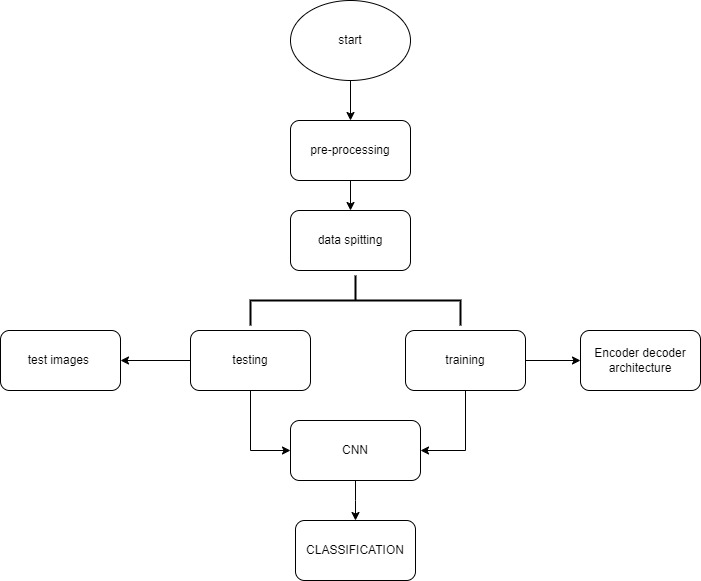Segmentation of Retinal Lesions in Fundus Images using Auto Encoder-Decoder Architecture.
Objective
The main objective of this project is to create an effective system for segmenting the lesions in the eye from the Fundus images.
Abstract
Lesion segmentation is an essential aspect while diagnosing Diabetic Retinopathy (DR) at initial stages. Manual identification becomes exceptionally challenging and time consuming because of the distinction in morphologies and size of lesions. Manual annotation of lesions by professionals is labour intensive and therefore requires the development of automatic segmentation techniques, but still it is also a challenging task because of the low local contrast and small size lesions present in the image. The automatic segmentation of retinal lesions through deep learning approach is of great impact for the initial diagnosis and treatment of DR. This project proposes encoder-decoder neural network to perform retinal lesions segmentation in fundus images. The architecture is trained and validated on IDRiD dataset which consists of hard exudate segmentations. In this approach for creating image patches a sliding widow technique is used, later the network evaluates the patches of the images and produces a probability map that predicts different types of lesions. An elaborative experiment was accompanied on IDRiD to calculate the performance of the suggested approach. The projected accuracy was 96%, which validates the effectiveness and dominance of this technique. When compared with other studies on similar tasks, the results obtained by this work indicate substantially improved performance in terms of accuracy.
Keywords: Diabetic Retinopathy, Fundus Images,Lesion Segmentation, Deep Learning, Convolutional Neural Network, Encoder-Decoder Network.
NOTE: Without the concern of our team, please don't submit to the college. This Abstract varies based on student requirements.
Block Diagram

Specifications
HARDWARE SPECIFICATIONS:
- Processor- I3/Intel Processor
- RAM- 8GB (min)
- Hard Disk- 128 GB
- Key Board-Standard Window
- Keyboard. Mouse-Two or Three Button Mouse.
- Monitor-Any.
SOFTWARE SPECIFICATIONS:
- Operating System: Windows 7+
- Technology: Python 3.6+
- IDE: PyCharm IDE
- Libraries Used: MySQL, TensorFlow, Keras, Numpy, OpenCV.
Learning Outcomes
- About Python.
- About PyCharm.
- About Numpy.
- About HTML.
- About CSS.
- About JavaScript.
- About Database.
- About how to use the libraries.
- Project Development Skills:
- Problem analyzing skills.
- Problem solving skills.
- Creativity and imaginary skills.
- Programming skills.
- Deployment.
- Testing skills.
- Debugging skills.
- Project presentation skills.
- Thesis writing skills.





 Paper Publishing
Paper Publishing
